Twenty-third Dynasty of Egypt facts for kids
Quick facts for kids
Twenty-third Dynasty of Egypt
|
|||||||||
|---|---|---|---|---|---|---|---|---|---|
| 837 BC–728 BC | |||||||||
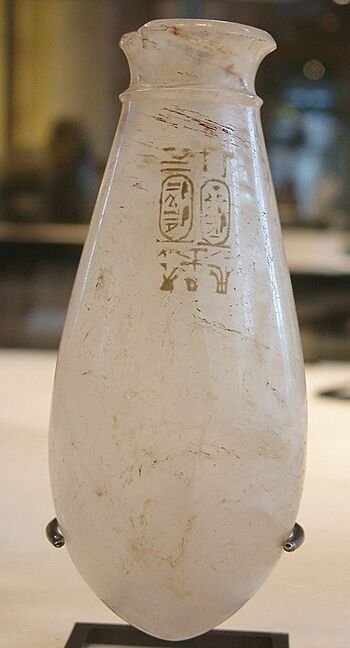
Flask of Rudamun
|
|||||||||
| Capital | Thebes, Herakleopolis | ||||||||
| Common languages | Egyptian language | ||||||||
| Religion | Ancient Egyptian Religion | ||||||||
| Government | Absolute monarchy | ||||||||
| Historical era | Third Intermediate Period of Egypt | ||||||||
|
• Established
|
837 BC | ||||||||
|
• Disestablished
|
728 BC | ||||||||
|
|||||||||
The Twenty-third Dynasty of Egypt was a group of kings who ruled parts of ancient Egypt during the Third Intermediate Period of Egypt. These kings were from the Meshwesh people. They ruled different parts of Upper Egypt from around 880 BC to 720 BC. Some were pharaohs, ruling all of Egypt, from 837 BC to 728 BC.
Contents
The Story of the Twenty-third Dynasty
Historians discuss a lot about this dynasty. They might have had their main cities in places like Heracleopolis Magna, Hermopolis Magna, and Thebes. Records from their time show they controlled Upper Egypt. This happened at the same time as the Twenty-second Dynasty ruled other parts of Egypt. This was just before the death of a king named Osorkon II.
Where Did They Rule From?
Even though the Twenty-third Dynasty came from a city called Tanis, they never ruled from there. The Twenty-second Dynasty, from Bubastis, took over Tanis and Memphis. They kept these cities almost until their dynasty ended. So, the Twenty-third Dynasty, which was like a branch of the Twenty-second, had to find another capital.
Most historians think they used Leontopolis as their capital. A special stone record, called Piankhy's stela, mentions Iuput II in Leontopolis. However, some historians are not sure if Iuput II was truly a Twenty-third Dynasty king. They say it's not fully proven that the Twenty-third Dynasty ruled from Leontopolis. It's only known that Iuput II ruled somewhere in the Delta region.
Conflicts and Power Struggles
There were many disagreements during this time. There were fights between Lower and Upper Egypt. But there were also fights within the Delta region itself. Some of these fights were about who would become the next king.
Another big part of the conflicts involved the High Priests of Amun in Thebes. For a while, during the Twenty-first Dynasty, these priests were very powerful. They almost ruled Upper Egypt on their own. Even though their power went down after the Twenty-first Dynasty, they were still very important. Marriages between the priests' families and the royal family were common.
Because of these connections, some kings from the Twenty-third Dynasty ruled at the same time as kings from the Twenty-second Dynasty. Some members of the Twenty-third Dynasty, like Harsiese A, ruled as independent kings. They became a separate dynasty after Osorkon II (from the Twenty-second Dynasty) died.
Some historians believe the Twenty-third Dynasty started with Takelot II. They see Pedubastis I as a separate, short-lived part of that dynasty. Others think Takelot II's family was part of the Twenty-second Dynasty. They believe Pedubastis I's short rule was the real start of the Twenty-third Dynasty.
The Story of Takelot II and Osorkon III
When King Osorkon II died, his older son, Prince Shoshenq, had already passed away. So, Osorkon II's younger brother, Takelot II, became king in Tanis. At that time, the High Priest of Amun was Nimlot, who was Takelot II's half-brother. Nimlot had been chosen by Osorkon II. Nimlot's daughter, Karomama Merytmut II, married Takelot II. This meant Nimlot would be the grandfather of any future kings.
When Nimlot died, a fight for the throne began. Takelot II chose Prince Osorkon to be his successor. But Harsiese, a grandson of the chief priest, disagreed. The city of Thebes rebelled because of Harsiese. However, Prince Osorkon managed to stop the rebellion.
This peace lasted for about four years. Then, in Takelot II's fifteenth year as king, a civil war started. This war lasted for almost ten years. After two more years of peace, the people of Thebes rebelled again. Takelot II died before this new conflict was solved. Prince Osorkon was far from Tanis, so his younger brother, Shoshenq III, took power.
This helped calm things down with Thebes, as they accepted Shoshenq III as king. But a new problem started, this time within the royal family itself. Prince Pedubastis declared himself king. He ruled from Leontopolis at the same time as Shoshenq III.
Osorkon III's Rise to Power
Even though Prince Osorkon was replaced by his brother Shoshenq III, Shoshenq made him the chief priest of Amun again. Harsiese, who led the Theban revolt, disappeared. So, Prince Osorkon controlled Upper Egypt for about ten years as chief priest. Meanwhile, Shoshenq III was still more powerful than the kings in Leontopolis.
By this time, Pedubastis and his son Iuput had died. They seemed to have died in the same year (804 BC). Shoshenq VI took over after Pedubastis. But he didn't rule for long. Six years later, Prince Osorkon became king as Osorkon III. He ruled at the same time as Shoshenq III for the last years of Shoshenq's reign.
Around 766 BC, a Twenty-second Dynasty king named Shoshenq V was still in power in Herakleopolis. But Osorkon III put his oldest son, Takelot, in charge there. He also let Takelot be the chief priest of Amun. This greatly reduced the Twenty-second Dynasty's power in the Theban area. When Osorkon III died, Takelot became the sole ruler.
The End of the Dynasty
Takelot III gave up his role as chief priest when he became pharaoh. His sister, Shepenwepet I, seems to have taken over that role. She was also appointed as the Divine Adoratrice of Amun. This meant she and her brother effectively ruled the Theban region.
Takelot III also gave control of Herakleopolis to Peftjauawhybastet. Peftjauawhybastet was married to a daughter of Rudamon, Takelot's brother. Rudamon became king after Takelot III. But soon after, Iuput II (also known as Ini/Iny) took over.
Under Iuput II, the region became even more divided. Peftjauawybastet and Nimlot, who was the governor of Hermopolis, started using royal titles. Rudamon and Iuput II only ruled over Thebes at the very end of the Twenty-third Dynasty. This period of many small rulers was called the 'Libyan anarchy'. It ended when Piankhy, a king from Napata, took control.
Kings of the 23rd Dynasty
| Pharaoh | Image | Throne name | Horus-name | Reign | Wife or Wives | Notes |
|---|---|---|---|---|---|---|
| Harsiese A | 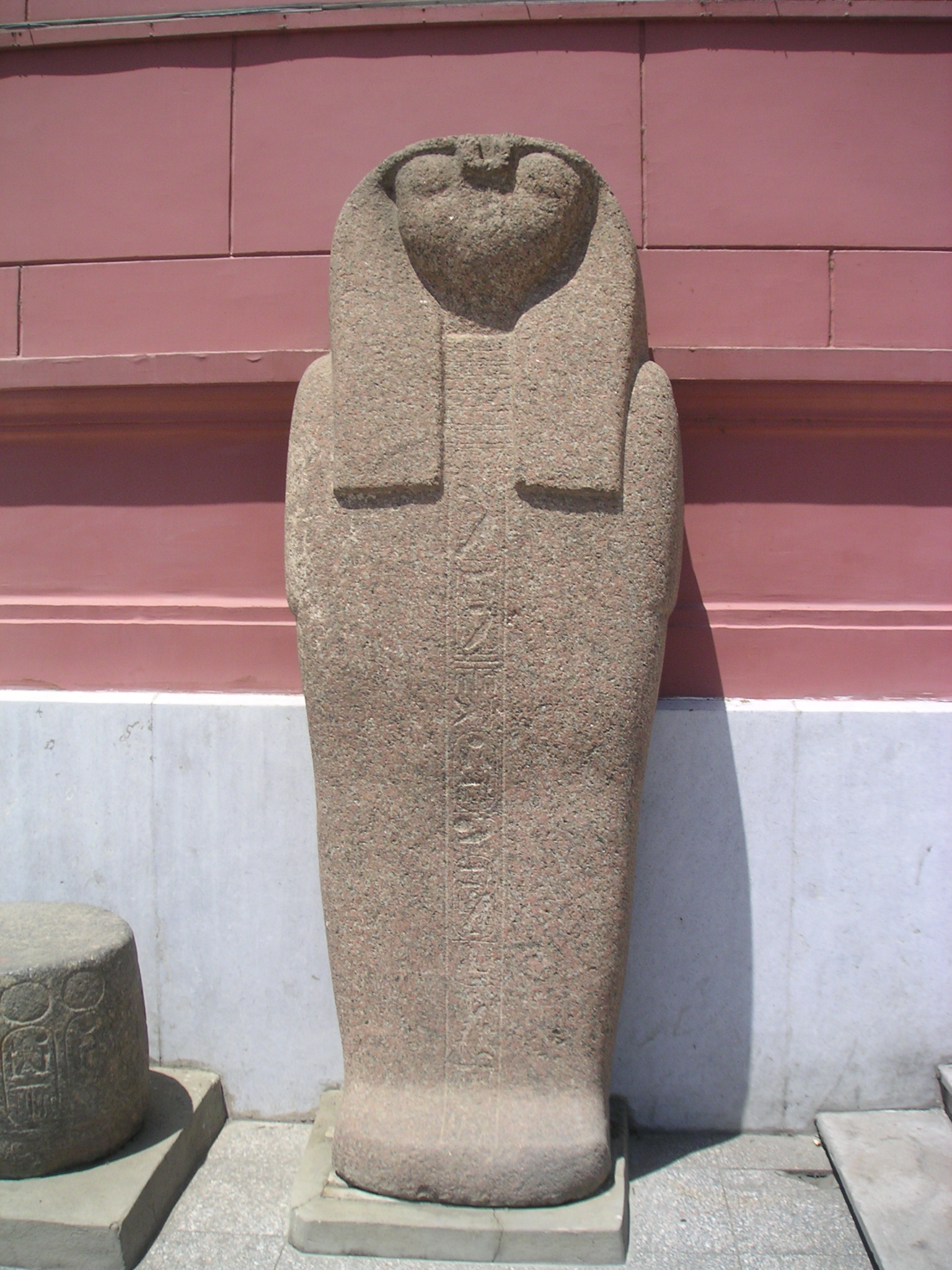 |
Hedjkheperre Setpenamun | (unknown) | 880 – 860 BC | Isetweret I | An independent king of Thebes. He ruled during the time of Takelot I and Osorkon II. |
| Takelot II |  |
Hedjkheperre Setpenre | Kanakhtkhaemwaset | 840 – 815 BC | Karomama D Tashep Tabeketenasket A |
Ruled at the same time as Shoshenq III, a Twenty-Second Dynasty king who controlled Lower Egypt. |
| Pedubast I |  |
Usermaatre Setpenamun | (unknown) | 829 – 804 BC | Was involved in a long civil war against King Takelot II and Prince Osorkon B. | |
| Iuput I | (unknown) | (unknown) | 829 – 804 BC | Ruled as a co-regent (shared power). | ||
| Shoshenq VI | Usermaatre Meryamun | (unknown) | 804 – 798 BC | Took over from Pedubast I in Thebes and ruled Upper Egypt for 6 years. | ||
| Osorkon III | 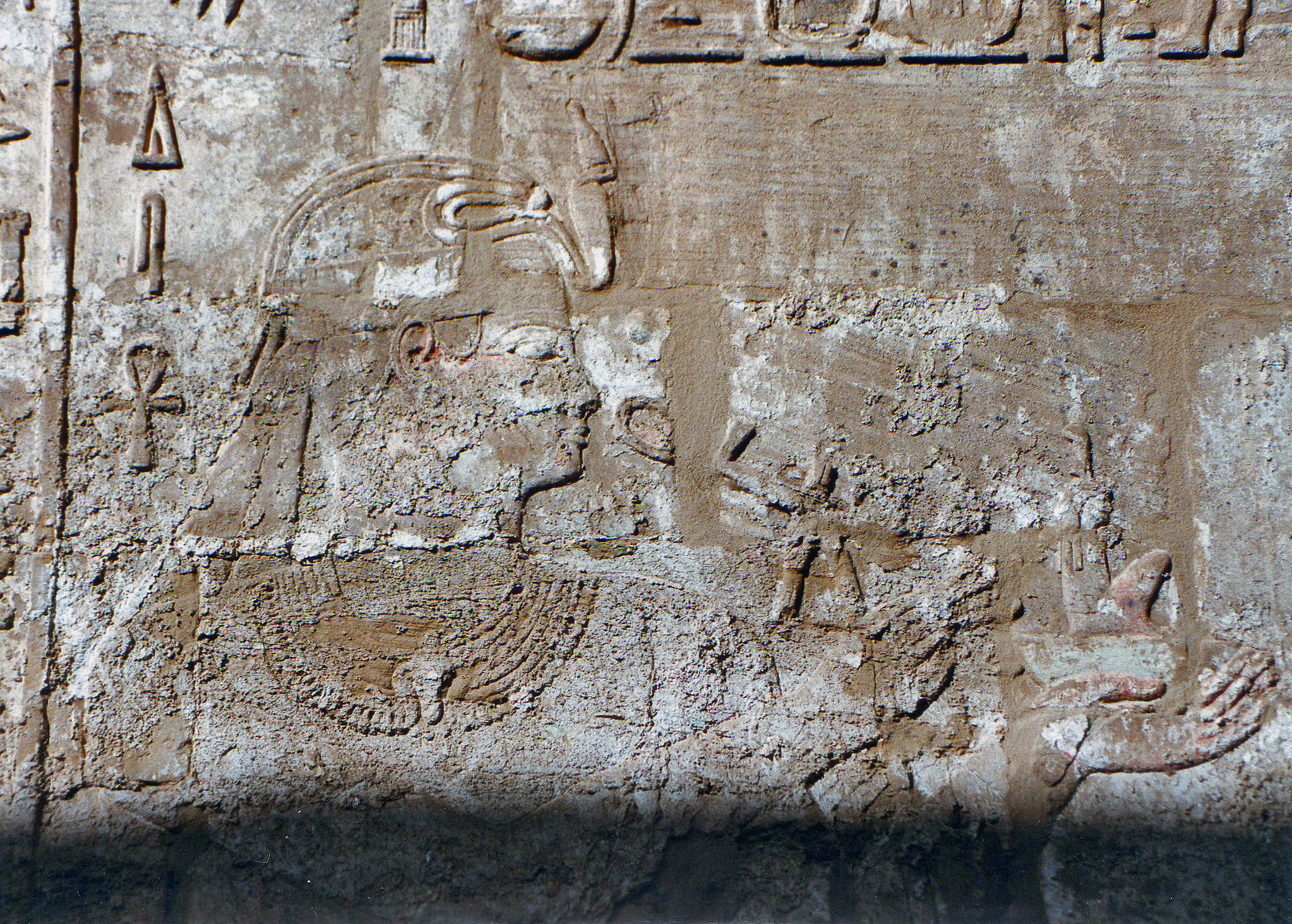 |
Usermaatre Setpenamun | Kanakhtkhaemwaset | 798 – 769 BC | Tentsai A Karoatjet |
Was involved in a civil war against Pedubast I and Shoshenq VI. |
| Takelot III | 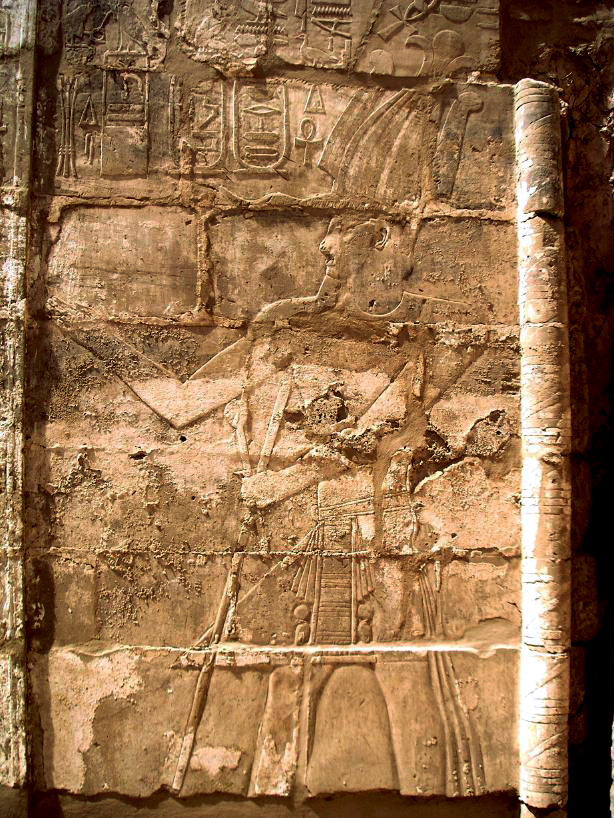 |
Usermaatre Setepenamun | Wadjtawy | 774 – 759 BC | Kakat Irtiubast |
Osorkon III's oldest son and his successor. |
| Rudamun | 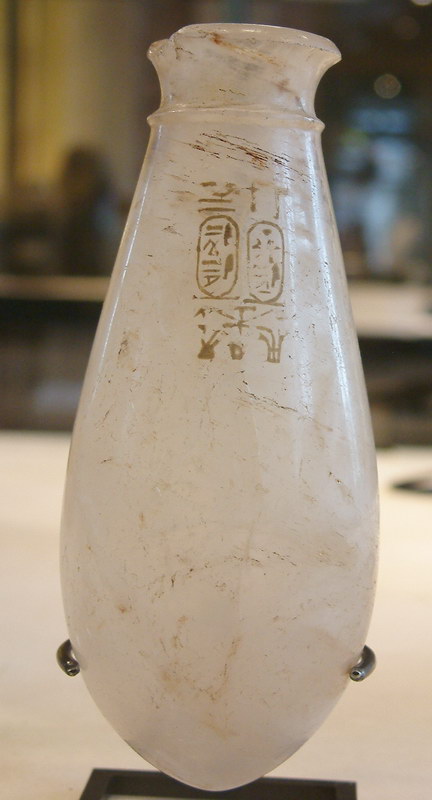 |
Usermaatre Setepenamun | Nebmaakheru | 759 – 755 BC | Tadi[...] | The younger brother and successor of Takelot III. Not much is known about his rule. |
| Shoshenq VII | Hedjkheperre Setepenre | (unknown) | 755 – 732 BC | Not much is known about his rule. | ||
| Ini | Menkheperre | (unknown) | 720 – 715 BC | Only controlled Thebes during his reign. He might have taken power from the 25th dynasty. |

